Oval Bowl
$300.00
Year: 2021
Medium: Dark Stoneware, salt ^6
Dimensions: 14″ x 2″ x 18″
Under the soil, or in the shadows is often where brilliant and beautiful things begin. The origin story of ceramics goes something like this: anthropologists believe clay’s unique properties were discovered by smearing wet clay on the inside of a basket to waterproof it, which was then placed over a fire. It became a hard and permanent stone-like shell of the initial vessel. To me, this is not unlike birds building nests, adding clay to strengthen and shape their vessels/architecture.
Under the soil, or in the shadows is often where brilliant and beautiful things begin. The origin story of ceramics goes something like this: anthropologists believe clay’s unique properties were discovered by smearing wet clay on the inside of a basket to waterproof it, which was then placed over a fire. It became a hard and permanent stone-like shell of the initial vessel. To me, this is not unlike birds building nests, adding clay to strengthen and shape their vessels/architecture.
This tall-tale intrigues me like a campfire story about how beings acquire knowledge of the world around them and pass it on to others. We gather materials, we experiment with what we have, we learn from these investigations, and we invent new possibilities for these things. This way of learning is like a seed of an idea that will grow into a whole field of study. Like seeds, I choose to work with the color black as a point about origin or beginning.
These large shadowy sculptural vessels and tiny woven nests reference basketry in their textures and construction methods, but change scales and appearance of materials. The wall shields are compositions on their own, slightly concave to reference volume. They are visual statements rather than functional platters, still ceramic objects, but only referencing pots.
Each piece is developed with a volume emphasizing a full air-filled form- some more seed-like, nest-like, or egg-like. Most have narrow bases simply ending the volume in a way that lifts it off the table. They have subtle linear surface designs, with the geometry moving over the volumes in a way that is both stable and moving, like the systems of weaving. The three types of objects together show cut open spaces, solid strong walls, delicately woven grasses and twigs integrating weaving with the ceramic forms in more and less obvious ways.
The dark clay has a subtle surface, the decoration is equally felt as it is seen. The body of work includes metallic bronze-like surfaces, making viewers question the material and the strength or delicacy of the objects.
– Kathryn Schroeder

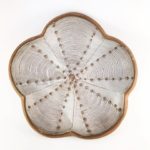


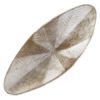
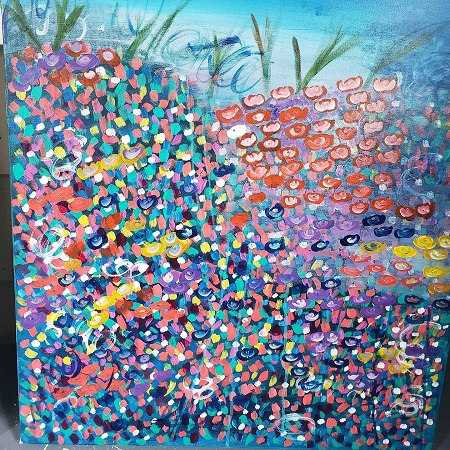
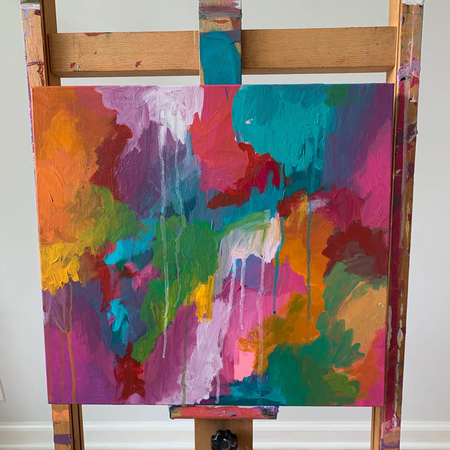

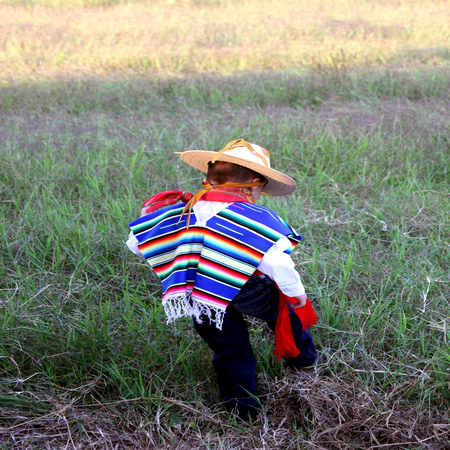
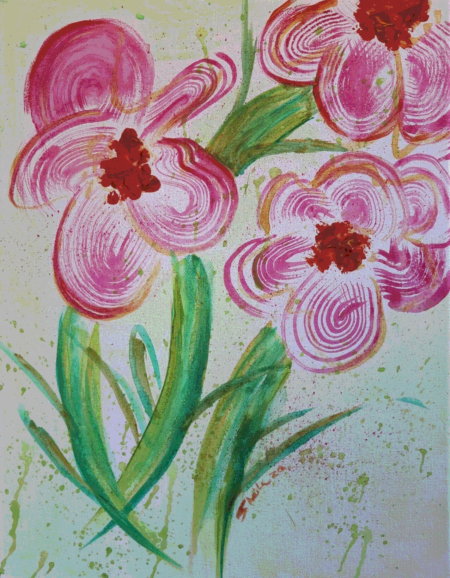



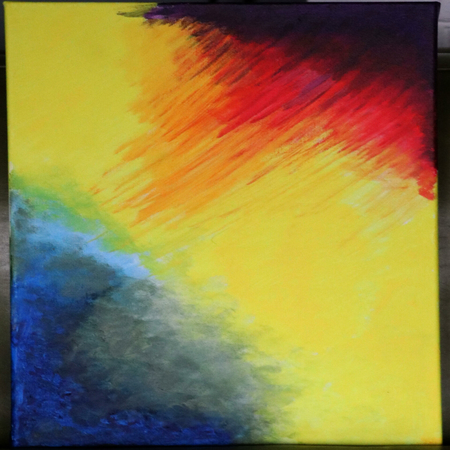
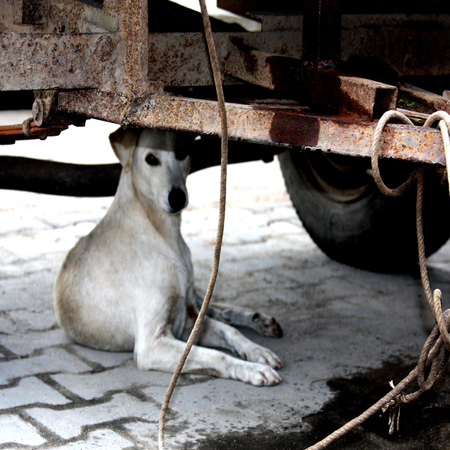


Reviews
There are no reviews yet.